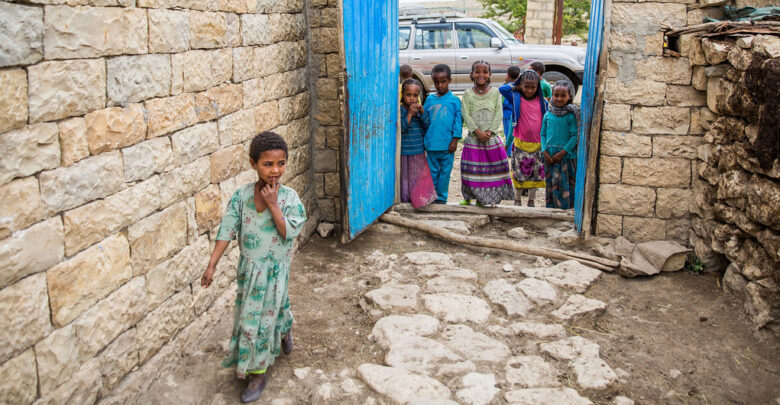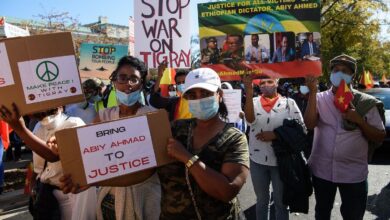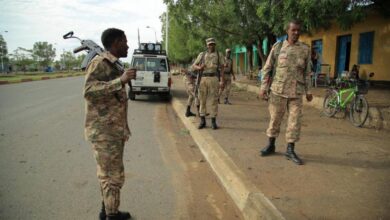Ethiopia
UN: Humanitarians Targeting Over 16 Million People For Drought Aid In Ethiopia

A United Nations (UN) spokesman on Monday said humanitarian groups in Ethiopia are targeting over 16 million people for drought aid while more than 1.7 million people face flooding, reported The Business Standard.
Stephane Dujarric, Chief spokesman for UN Secretary-General Antonio Guterres, said Ethiopia’s worst drought in 40 years has brought worsening levels of malnutrition to millions of people. The drought has so far killed more than 3.5 million livestock.
According to the UN Office for the Coordination of Humanitarian Affairs (OCHA), more than 21 million people face acute food insecurity following four failed rainy seasons across Somalia, northern Kenya, and southern and eastern Ethiopia. A dry fifth rainy season is also likely this autumn.
“At the same time, parts of Ethiopia face a risk of flooding in the coming weeks,” Dujarric added.
He said humanitarian deliveries continue in the northern Ethiopia’s war-hit Tigray region, but distribution of aid has been limited due to shortage of fuel and cash.
The UN spokesman also cited two positive recent developments- 12 tankers carrying 600,000 litres of fuel reached Tigray’s northernmost region on Wednesday and food aid was distributed in three troubled districts of the Amhara region’s Wag Hamra zone for the first time in more than a year.
Dujarric said about 2 million litres of fuel is required each month to sustain humanitarian operations in Tigray. The humanitarian agency has planned to deliver additional food assistance, including nutrition and health supplies.
He added that more than 13 million men, women and children received humanitarian assistance in drought-affected areas in the first half of this year, including more than 7 million people receiving food aid.
The spokesman said that the UN Food and Agriculture Organisation reported that it is boosting up urgent procurement of fertilisers to help farmers in Tigray sow their fields in a critical planting season. The funding has come from a $10 million loan that was recently approved by the UN’s Central Emergency Response Fund.






